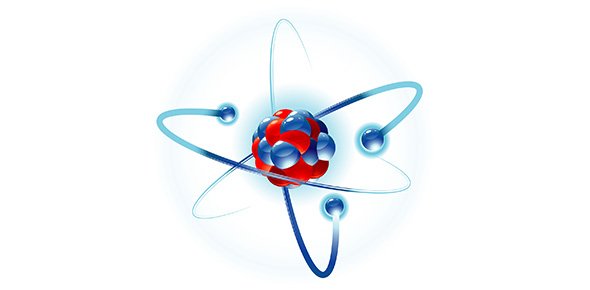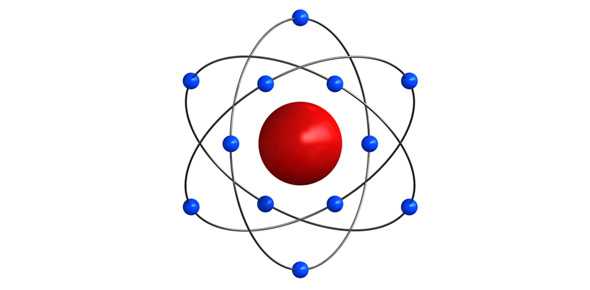Related Flashcards
Related Topics
Cards In This Set
| Front | Back |
|
6.1.1:
Define the term rate of reaction.
|
Rate of reaction: The rate at which products are formed, which is equal to the rate at which the
reactants are consumed. It has units of moldm-3s-1.
|
|
6.1.2:
Describe suitable experimental
procedures for measuring rates of
reactions.
|
Rates can be determined by measuring the change in the concentration of a reactant or product
with time. Possible methods are pressure measurements for gases using a manometer or
pressure gauge, volume measurement for gases using a gas syringe, color changes using a
colorimeter or spectrophotometer, heat changes using a thermometer, mass changes using a
balance, pH changes using a pH meter, titrations, etc.
A graph may be plotted of concentration against time, with time on the x-axis and some measure of how far the reaction has gone (ie concentration, volume, mass loss etc) on the y-axis. This will produce a curve and the rate at any given point is the gradient of the tangent to this curve. |
|
6.1.3:
Analyse data from rate experiments.
|
Students should be familiar with graphs of changes
in concentration, volume and mass against time.
|
|
6.2.1:
Describe the kinetic theory in terms
of the movement of particles whose
average energy is proportional to
temperature in kelvins.
|
Collision theory -- reactions take place as a result of particles (atoms or molecules) colliding and then undergoing a reaction. Not all collisions cause reaction, however, even in a system where the reaction is spontaneous. The particles must have sufficient kinetic energy, and the correct orientation with respect to each other for them to react.KE is prop. to temp. in kelvin.
|
|
6.2.2:
Define the term activation energy, Ea.
|
Activation energy: The minimum amount of energy required to initiate a chemical reaction.
|
|
6.2.3:
Describe the collision theory.
|
Students should know that reaction rate depends
on:
|
|
6.2.4:
Predict and explain, using the
collision theory, the qualitative
effects of particle size, temperature,
concentration and pressure on the
rate of a reaction.
|
|
|
6.2.5:
Sketch and explain qualitatively
the Maxwell–Boltzmann energy distribution curve for a fixed amount of gas at different temperatures and its consequences for changes in reaction rate. |
Students should be able to explain why the area
under the curve is constant and does not change
with temperature.
Maxwell – boltzman energy distribution curve: A curve of probability of energy as a function of the energy of each collision. It is shown that at lower temperatures, the graph peaks at a lower energy and at a higher probability of energy than at higher temperatures, when the graph peaks at a lower probability of molecules but colliding with a higher energy, but the area under both curves are the same. From this graph it can be seen that at a higher temperature a greater number of molecules will have any energy at a higher temperature, such as the activation energy. |
|
6.2.6: Describe the effect of a catalyst on a
chemical reaction.
|
|
|
6.2.7:
Sketch and explain Maxwell–
Boltzmann curves for reactions with
and without catalysts.
|
Lower with catalyst.
|





